Maintaining a healthy aquarium requires regular water changes, but this essential task can be stressful or even deadly for fish if not done properly. Fish tank shock occurs when aquatic inhabitants experience sudden, dramatic changes in their water parameters, particularly temperature, pH, or chemical composition. These abrupt shifts can overwhelm a fish’s ability to adapt, leading to stress, illness, or fatality. Much like humans wouldn’t fare well if suddenly thrust from a comfortable room into freezing conditions, fish require gradual transitions. This comprehensive guide will walk you through everything you need to know about preventing shock during water changes, ensuring your underwater friends remain happy, healthy, and thriving in their aquatic home.
Understanding Fish Tank Shock
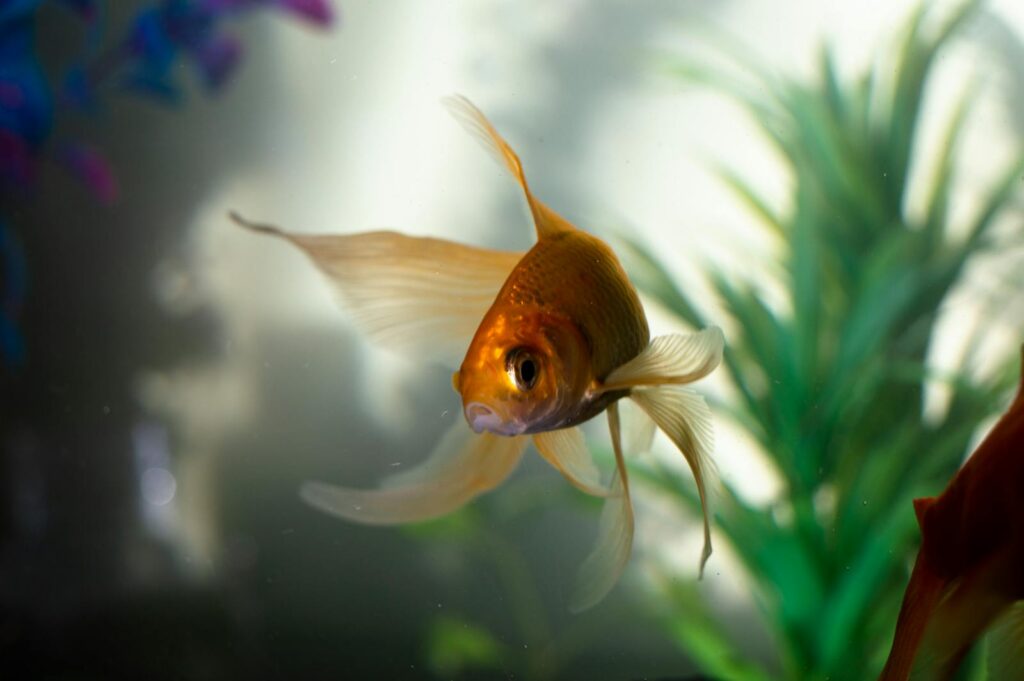
Fish tank shock occurs when aquatic inhabitants experience sudden, dramatic changes in their environment that their bodies cannot adequately adjust to in time. The most common parameters that trigger shock include temperature fluctuations, pH shifts, and changes in water hardness or chemical composition. Unlike mammals, fish are extremely sensitive to their surroundings because they’re in constant contact with water through their gills and skin. When parameters change rapidly, fish experience osmotic stress as their bodies struggle to maintain internal balance. Signs of shock include erratic swimming, gasping at the surface, clamped fins, loss of color, or in severe cases, lying at the bottom of the tank or floating at unusual angles. Understanding the biological mechanics behind shock helps emphasize why careful water change procedures are not merely recommendations but necessities for fish survival.
The Importance of Regular Water Changes
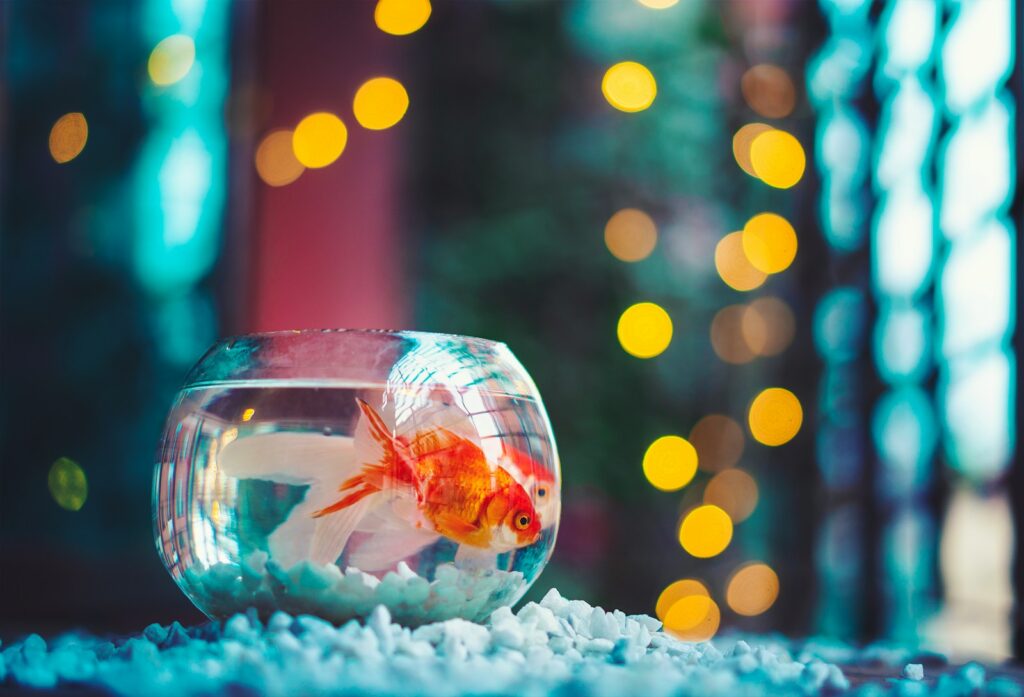
Regular water changes are the cornerstone of proper aquarium maintenance, serving multiple critical purposes beyond simple cleanliness. As fish live, eat, and produce waste, harmful compounds like ammonia, nitrites, and nitrates accumulate in the water, gradually creating toxic conditions even in properly cycled tanks. Water changes dilute these harmful compounds while replenishing essential minerals and trace elements that get depleted over time. Without consistent water changes, even the best filtration systems eventually become overwhelmed by biological waste. However, there’s a delicate balance between changing too little water (allowing toxins to build up) and changing too much too quickly (risking shock). Most experts recommend changing 10-25% of the water weekly or bi-weekly, depending on tank size, stocking levels, and specific needs of the inhabitants.
Temperature Matching: The Critical First Step
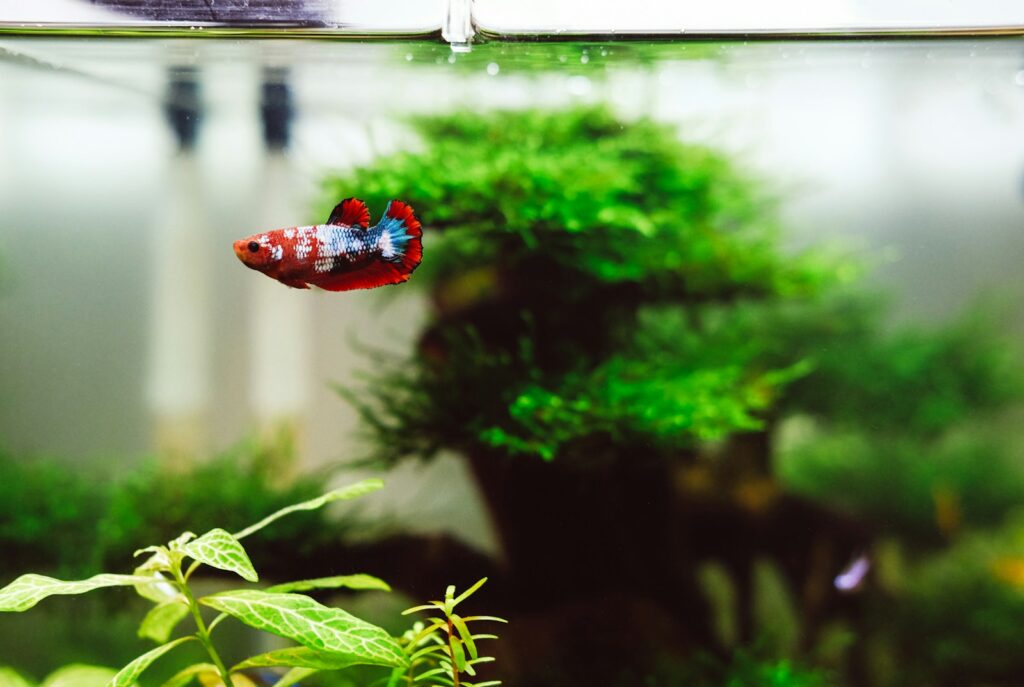
Temperature discrepancies between old tank water and replacement water represent one of the most common causes of fish shock during water changes. Even small variations of 2-3 degrees can stress fish, while larger differences of 5+ degrees can be potentially fatal, especially for sensitive species. To properly match temperatures, use a reliable aquarium thermometer to measure both your tank water and your replacement water before mixing them. When preparing replacement water, aim to match the tank temperature within 1-2 degrees Fahrenheit for optimal safety. Remember that water in buckets cools relatively quickly in room temperature environments, so if you’ve heated replacement water, check it again just before adding it to the tank. Some experienced aquarists actually prefer to prepare replacement water slightly warmer (1-2 degrees) than the tank, accounting for cooling that occurs during the transfer process.
Aging and Dechlorinating Replacement Water

Municipal tap water typically contains chlorine or chloramine—chemicals deliberately added to make water safe for human consumption but highly toxic to fish and beneficial bacteria in your aquarium. Before using tap water for water changes, it must be properly treated to neutralize these harmful chemicals. Commercial water conditioners instantly neutralize chlorine and detoxify heavy metals, making them essential tools for aquarists. For best results, add water conditioner to replacement water according to manufacturer instructions, then allow the water to sit (or “age”) for at least an hour before use. This aging process also allows the water to reach room temperature and release excess gases. Some dedicated aquarists prefer to age water for 24 hours before use, particularly for sensitive species or invertebrates, as this provides additional time for any volatile compounds to dissipate.
Matching Water Chemistry Parameters

Beyond temperature, other water chemistry parameters like pH, GH (general hardness), and KH (carbonate hardness) play crucial roles in preventing fish shock during water changes. Significant differences in these values between old and new water can cause stress even if temperature is perfectly matched. Regular testing of both your tank water and source water helps identify potential discrepancies that need addressing. If your source water differs substantially from your tank water, consider using products specifically designed to adjust these parameters gradually and safely. Buffer solutions can stabilize pH, while mineral supplements can adjust hardness levels to match existing conditions. For particularly sensitive species or dramatic differences between source and tank water, consider using reverse osmosis (RO) water remineralized to match your tank’s specific parameters for the ultimate control over water chemistry during changes.
The Drip Method for Sensitive Species
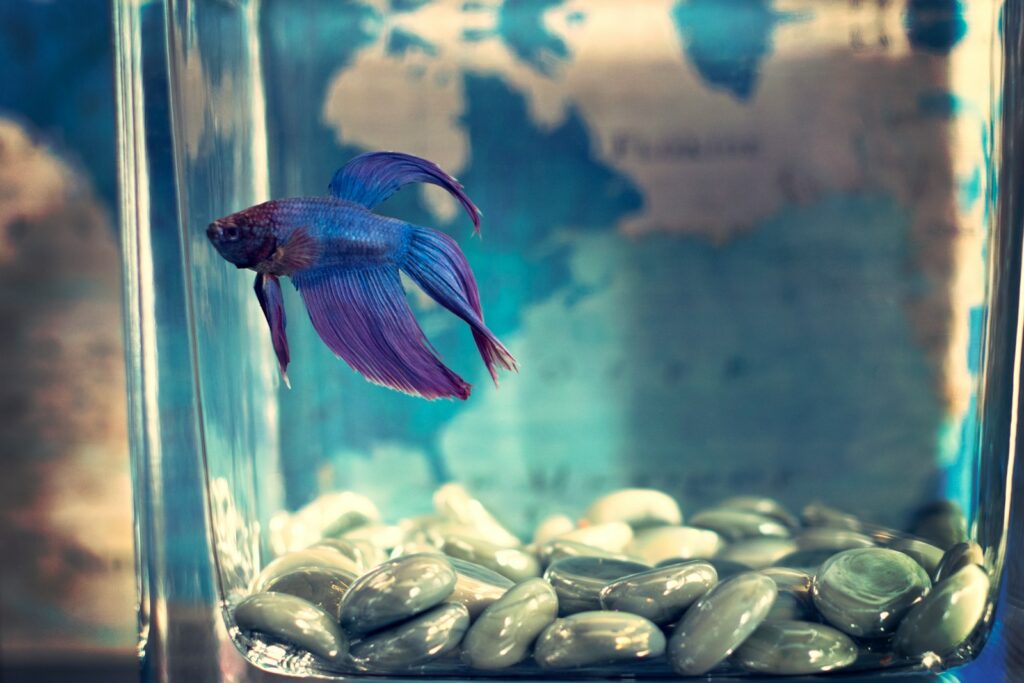
For particularly sensitive fish species, invertebrates, or marine organisms, the drip method represents the gold standard for preventing shock during water changes. This technique involves adding replacement water to the tank extremely slowly—literally drop by drop—allowing inhabitants to gradually acclimate to any minor differences in water parameters. To implement the drip method, place replacement water in an elevated container fitted with airline tubing that has been knotted or fitted with a control valve to regulate flow. Position the tubing so water drips slowly into the tank at a rate of 2-4 drops per second. This extremely gradual introduction allows even the most sensitive species time to physiologically adjust to subtle changes in water chemistry. Though more time-consuming than standard water changes, the drip method provides unparalleled protection against shock for delicate species like discus, certain tetras, shrimp, and marine invertebrates.
Proper Tools and Equipment for Water Changes
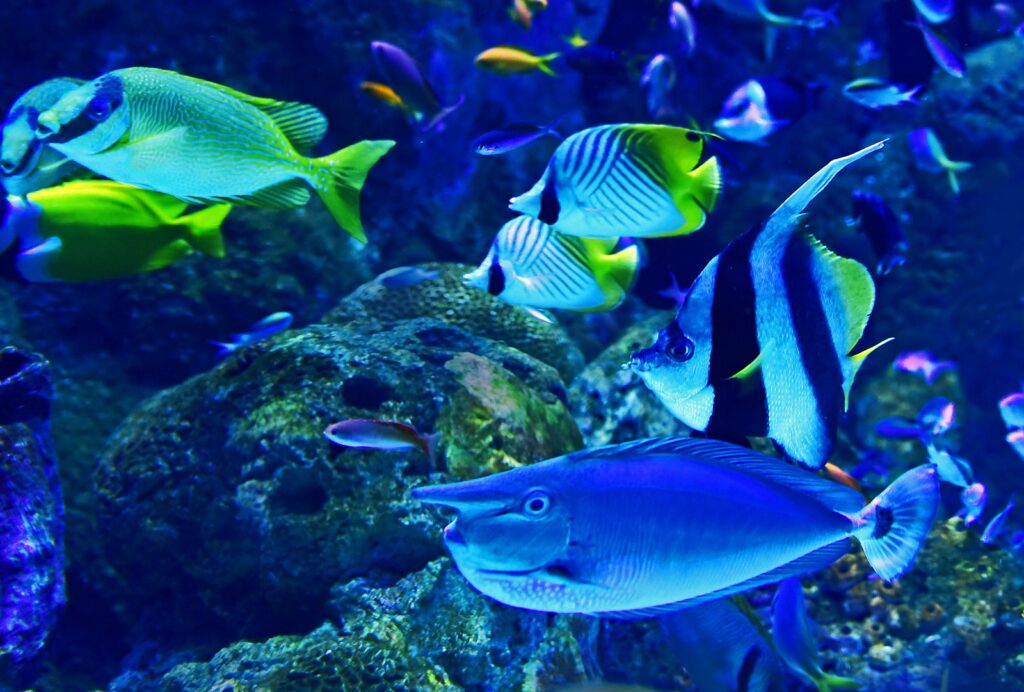
Having the right tools not only makes water changes more convenient but also significantly reduces the risk of shocking your fish. Essential equipment includes a dedicated siphon or gravel vacuum to remove old water while simultaneously cleaning substrate, food-grade buckets that have never contained chemicals or soap, an accurate thermometer for temperature matching, and water test kits to monitor critical parameters. More advanced setups might include a Python water changer that connects directly to a faucet, eliminating bucket carrying, or automated water change systems that precisely control the exchange rate. When selecting equipment, choose materials that won’t leach chemicals into your water—food-grade plastic, glass, or aquarium-safe silicone are preferred. Properly cleaning and storing your water change equipment prevents cross-contamination between tanks and protects against introducing unwanted chemicals or pathogens during maintenance.
Best Practices for Water Removal
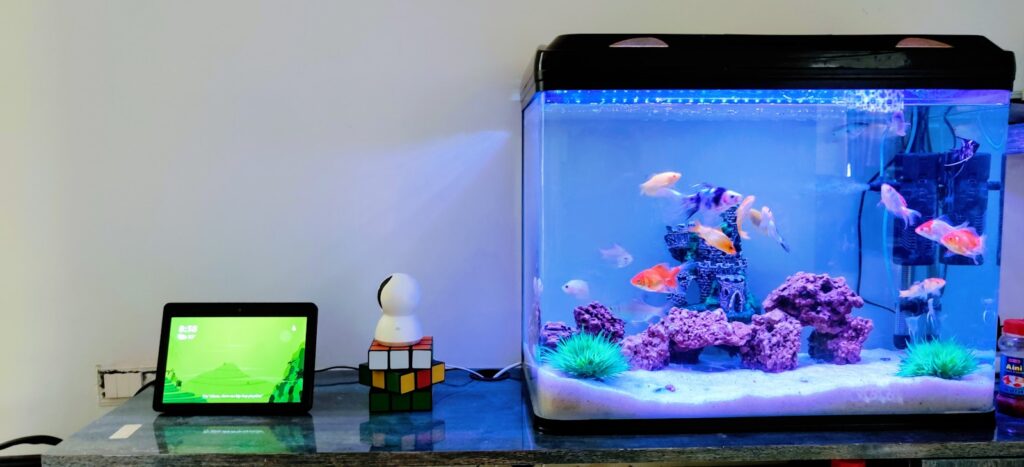
The process of removing old water deserves as much careful attention as adding new water when preventing fish shock. Begin by turning off heaters and filters to prevent equipment damage and avoid accidentally suctioning fish. When using a siphon or gravel vacuum, work methodically across the substrate, focusing on visible debris and waste-prone areas while being careful not to disturb beneficial bacterial colonies. Never remove more than 50% of the water at once, with 10-25% being the ideal range for routine maintenance. Take care not to expose decorations or substrate that release trapped gases or debris when disturbed too dramatically. If you must conduct a large water change (over 30%) due to poor water quality or emergency situations, consider breaking it into multiple smaller changes spaced several hours apart to minimize shock to both fish and beneficial bacteria.
Techniques for Adding New Water

The manner in which you add new water to your aquarium can significantly impact the shock potential for your fish. Rather than pouring replacement water directly into the tank, which can create sudden temperature pockets and disturb substrate, use a diffusion method. Place a clean plate or bowl on the substrate and pour the replacement water onto this surface, which disperses the flow and prevents substrate disruption. Alternatively, direct the flow against the aquarium glass to break its force before it enters the main water column. Add replacement water slowly—taking at least 5-10 minutes per 5 gallons—to allow for gradual mixing with existing tank water. For particularly sensitive setups, consider using a pump with adjustable flow rate connected to tubing for even more controlled water addition, essentially creating a reverse drip system that minimizes disturbance.
Special Considerations for Planted Tanks

Planted aquariums present unique water change challenges because live plants are sensitive to parameter shifts while also consuming nutrients that fish waste provides. When changing water in planted tanks, take special care to match not just temperature and basic chemistry but also to consider nutrient levels and CO2 concentration if using supplemental carbon dioxide. Avoid removing too much beneficial mulm (organic matter) from the substrate during cleaning, as this provides slow-release nutrients many plants utilize. If your tap water contains high levels of chloramine, consider using a water conditioner specifically formulated for planted tanks that detoxifies without binding valuable iron and other micronutrients plants need. Some advanced planted tank keepers prepare replacement water with specific nutrient dosing to maintain optimal plant growth parameters, essentially using water changes as an opportunity to reset nutrient balances precisely for their plant species’ needs.
Creating a Water Change Schedule
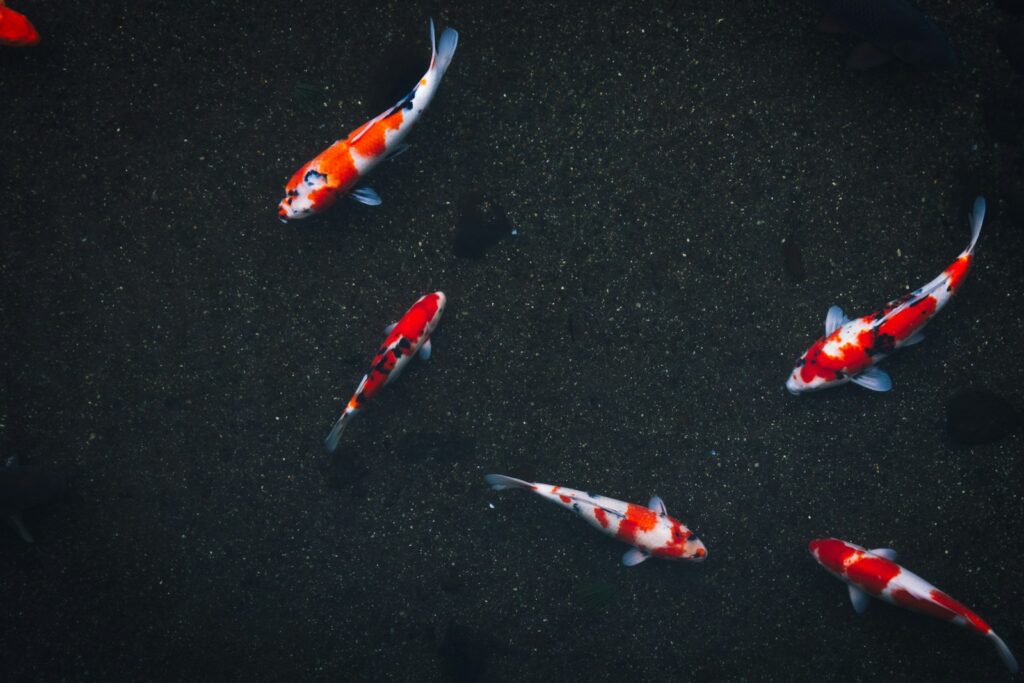
Consistency forms the foundation of successful aquarium maintenance that prevents both immediate shock and long-term stress for fish. Establish a regular water change schedule based on your specific tank parameters, including size, filtration capacity, stocking levels, and bioload. Most well-maintained community tanks benefit from 10-25% water changes performed weekly, while lightly stocked tanks might require only bi-weekly changes. Heavy bioload situations, such as African cichlid tanks or goldfish aquariums, often require more frequent or larger changes to maintain appropriate water quality. Document your maintenance routine in a tank journal, recording water parameters before and after changes to identify any patterns or issues before they become problematic. Automated calendar reminders can help maintain consistency, especially important for preventing the large, emergency water changes that pose the greatest shock risk when regular maintenance is neglected.
Monitoring Fish Behavior After Water Changes
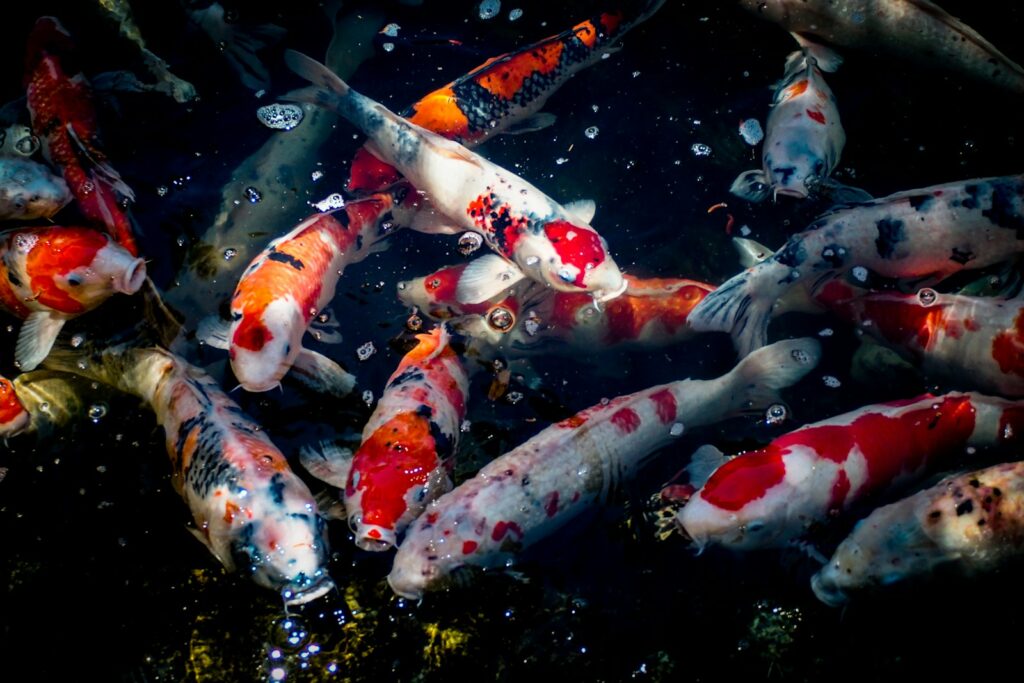
After completing a water change, careful observation of your fish provides valuable feedback about your technique’s effectiveness and safety. In properly executed water changes, fish typically show normal or even improved behavior—swimming actively, maintaining natural coloration, and displaying regular feeding patterns. Signs of potential shock include rapid gill movement, darting or erratic swimming, hiding more than usual, color fading, or clamping fins close to the body. If you observe concerning behaviors, immediately test water parameters to identify possible issues like ammonia spikes or pH shifts. Keep the tank lights dimmed after water changes to reduce additional stress while fish adjust to their refreshed environment. Maintaining a log of post-water change observations helps refine your technique over time, as patterns may emerge showing certain species’ sensitivities to specific aspects of your maintenance routine that can then be adjusted accordingly.
Emergency Procedures for Accidental Shock
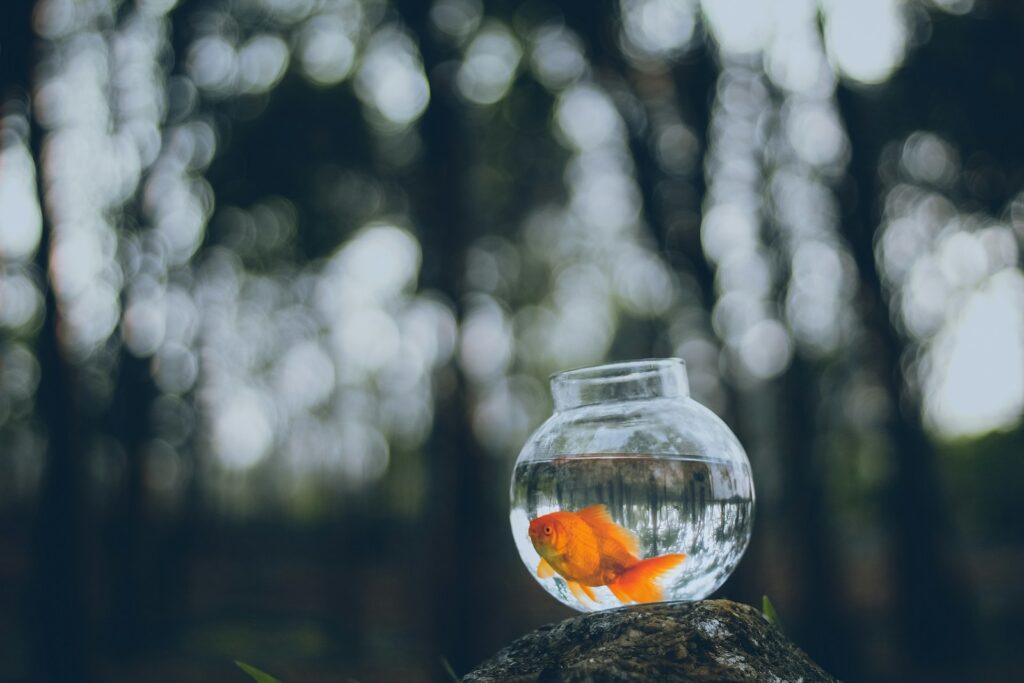
Despite best preventative efforts, accidental fish shock can sometimes occur during water changes, requiring immediate intervention. The first priority is stabilizing water parameters—not returning them to original conditions, as this second dramatic shift could compound the problem. If temperature shock is suspected, gradually adjust the tank temperature no faster than 1°F per hour until reaching the appropriate range. For chemistry-related shock, test all parameters and make minor, incremental adjustments using appropriate buffers or conditioners. Reduce lighting and tank activity to minimize additional stress, and consider adding aquarium salt at a rate of 1 tablespoon per 5 gallons (for freshwater tanks only) to help reduce osmotic stress on fish. In severe cases, adding stress coat products containing aloe vera may help protect damaged gill tissue and slime coats. Monitor affected fish closely and be prepared to isolate severely stressed individuals to a hospital tank if necessary, maintaining perfect water quality during their recovery period.
Conclusion

Water changes represent both the most fundamental maintenance task for aquarists and one of the most potentially stressful events for aquatic life. By understanding the mechanisms of fish shock and implementing thoughtful preventative measures, you transform this necessary procedure from a potential hazard into a health-promoting routine. Remember that consistency in water change procedures often matters more than perfection—regular, smaller changes with good techniques far outperform infrequent, large changes even with perfect parameter matching. With proper tools, techniques, and attention to detail, water changes become a streamlined process that improves water quality, reduces disease potential, and helps your underwater community thrive. Your fish depend entirely on you to maintain their artificial environment—taking the time to prevent shock during water changes represents one of the most fundamental ways to honor that responsibility.

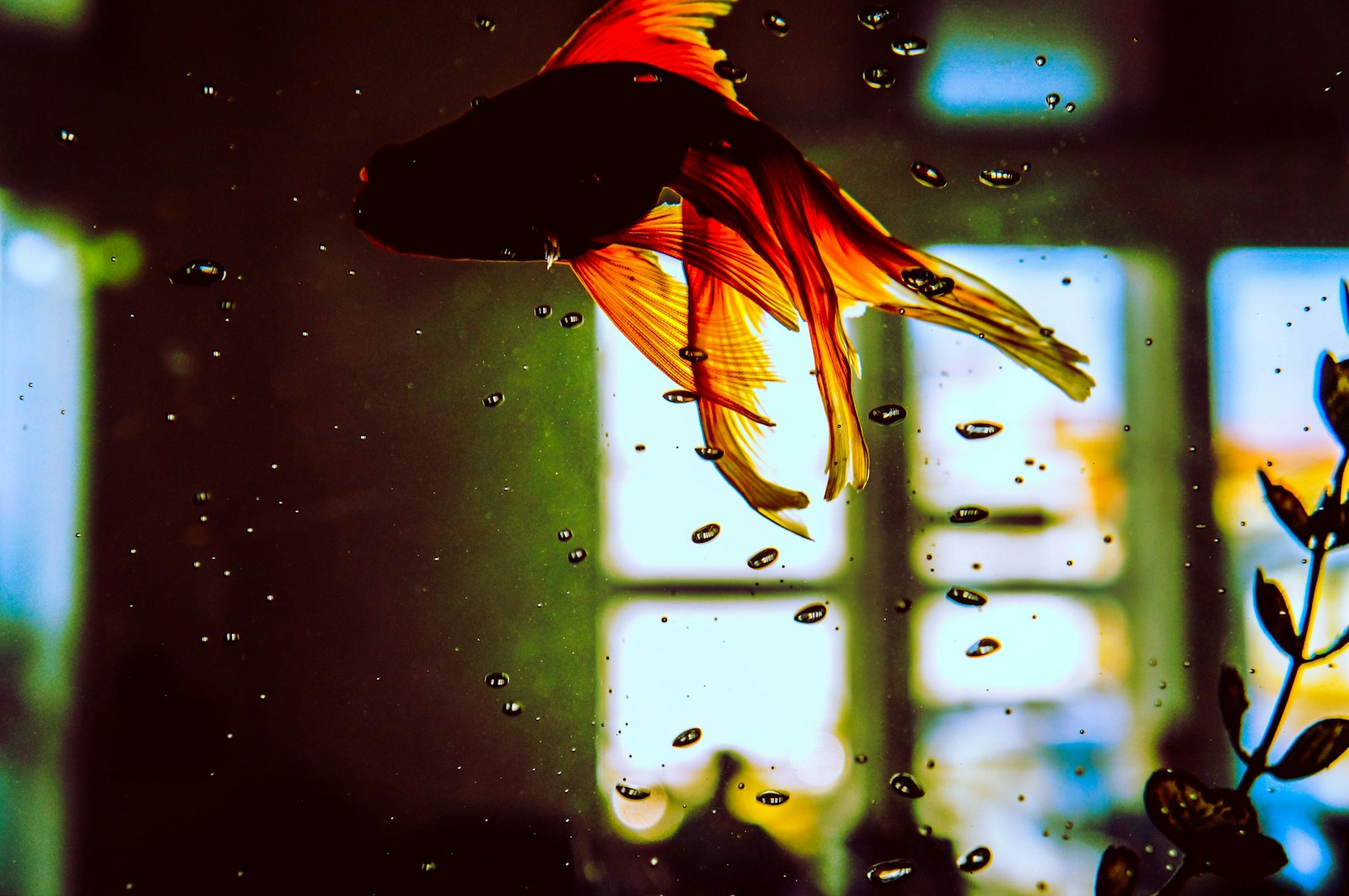
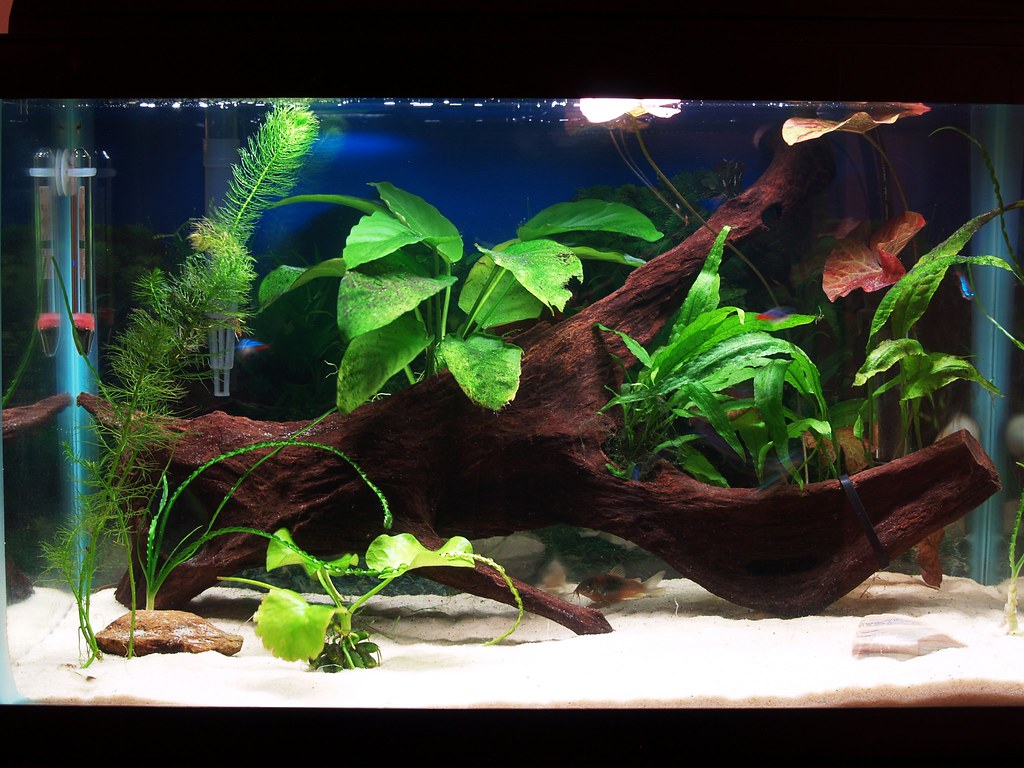

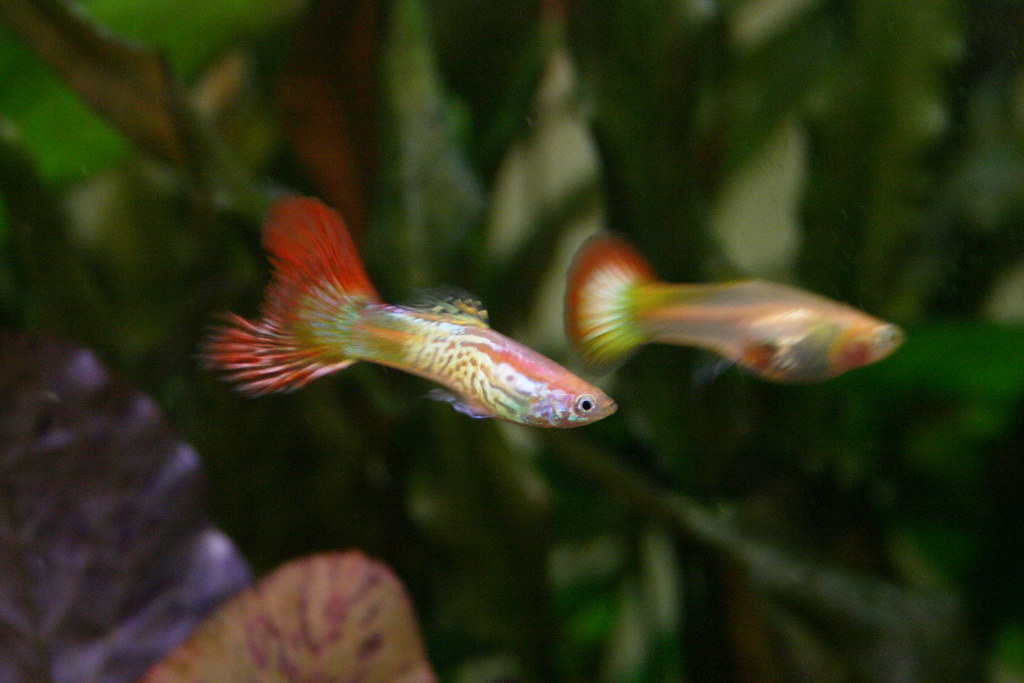
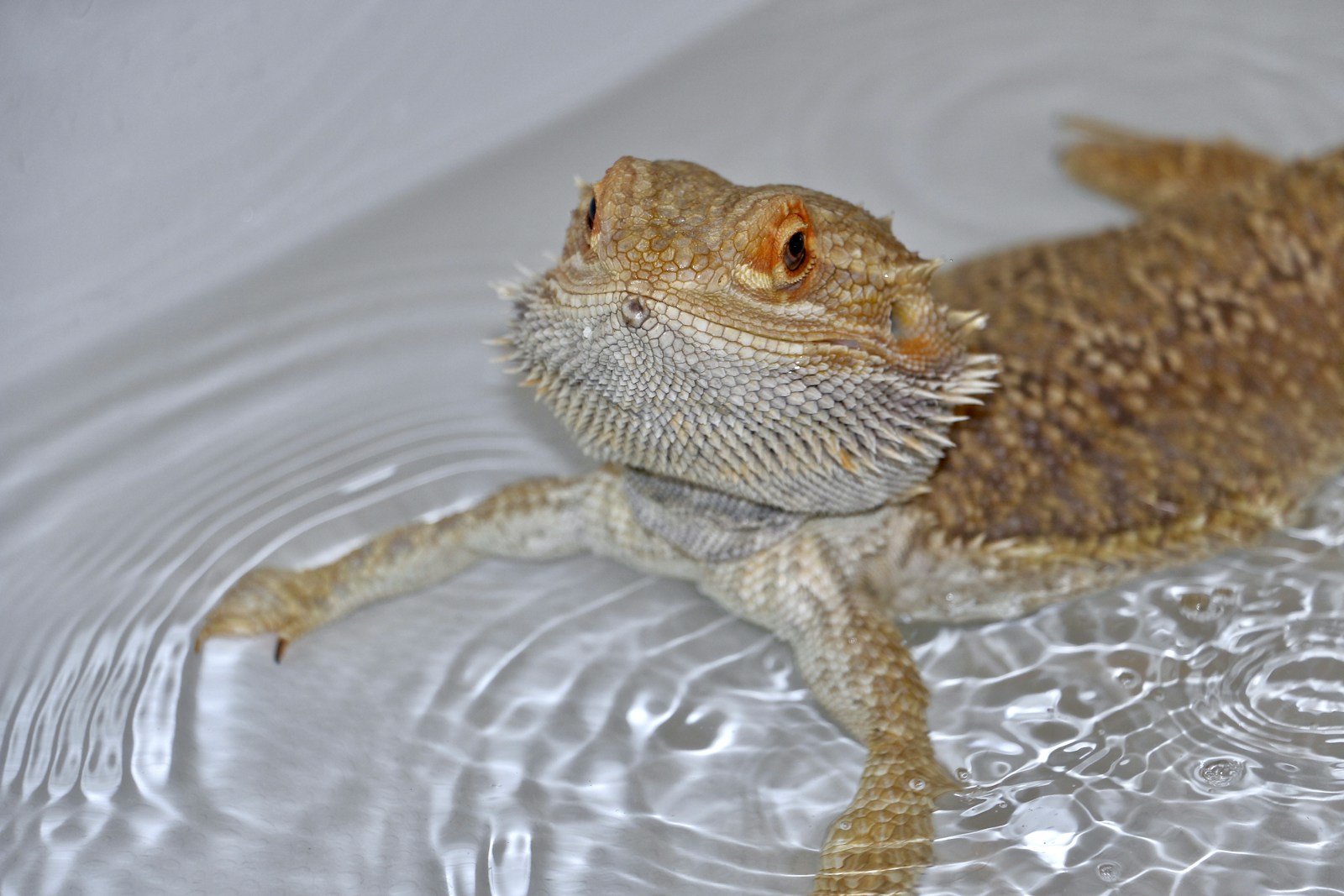

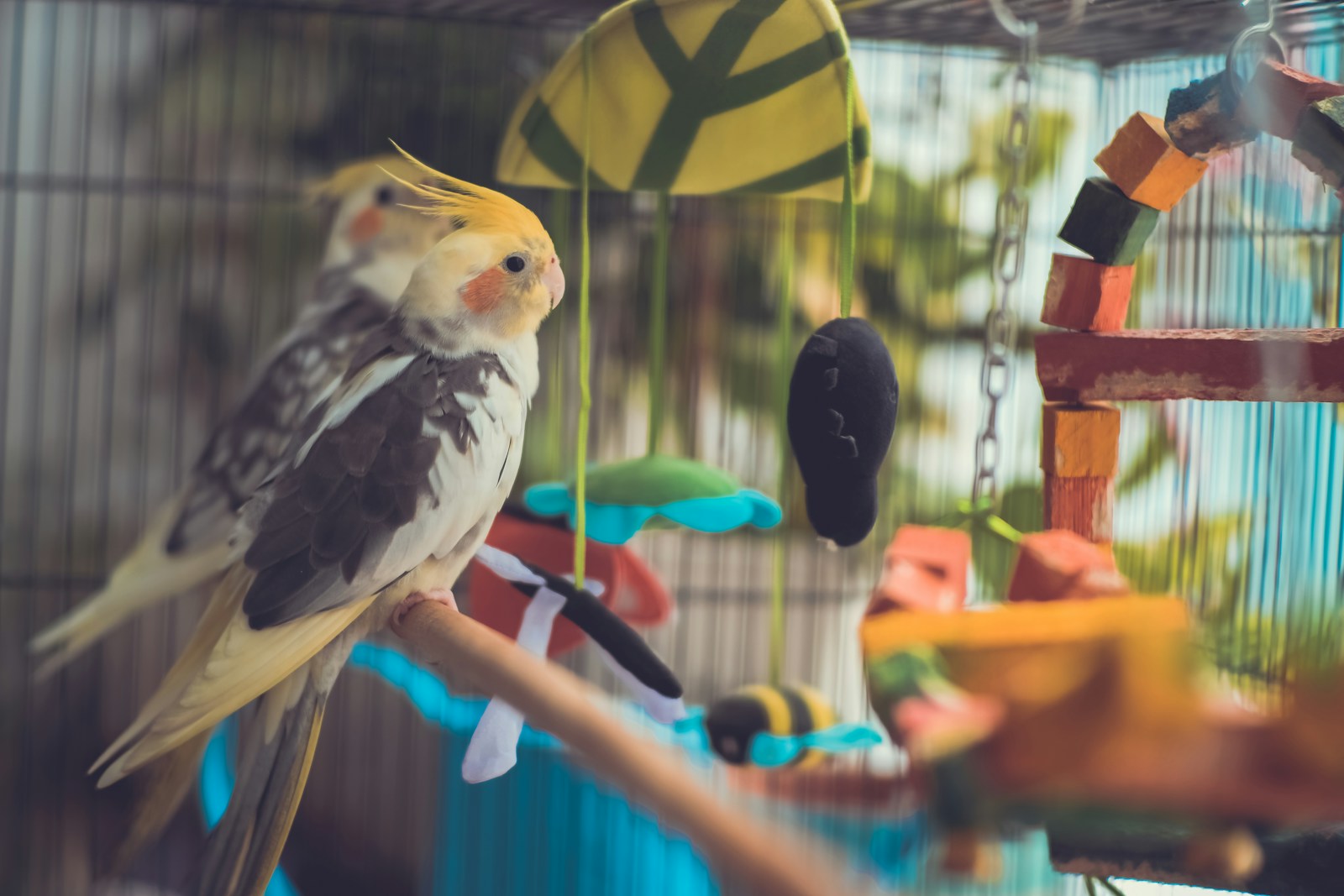

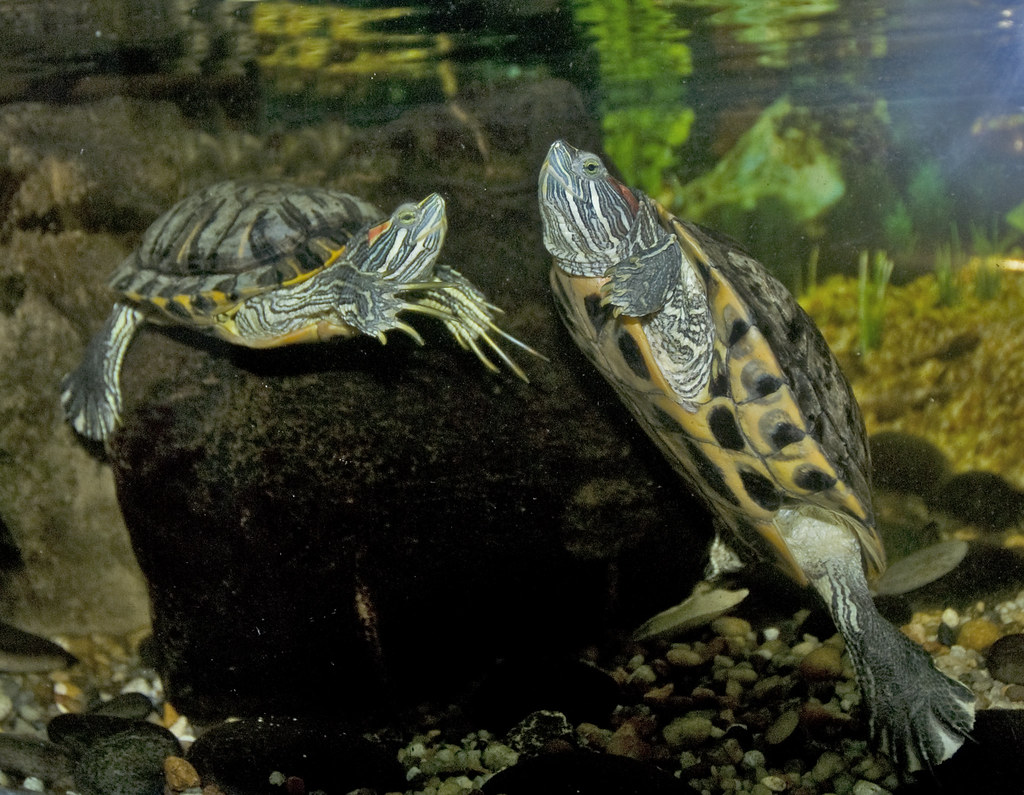






Leave a Reply